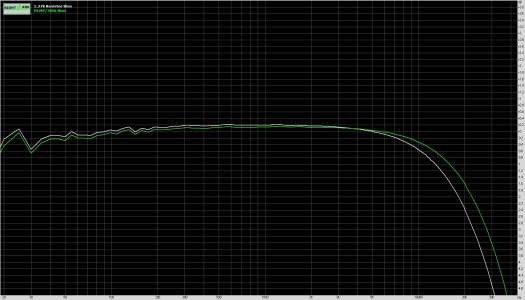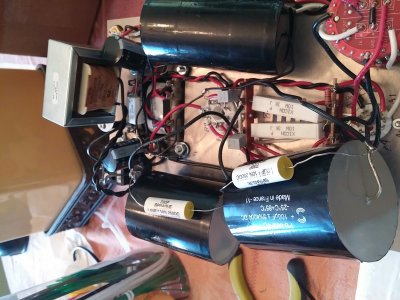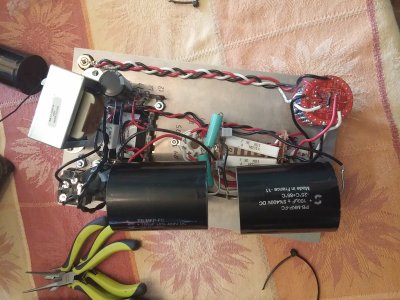Paul Joppa
Moderator
We did once get a bad batch of "431" chips - they may have been fakes, or factory rejects - that were very noisy. Hard choices there - resistor/capacitor is always quietbut you can hear the cap, resistor alone risks high frequency drive to the power triode, LEDs can be noisy (the predecessor of theHLMP-6000 was measured to be very quiet - but long ago), chip regulators such as the 431 can be noisy (the specs on the major brands say they should be relatively quiet, but fakes and rejects abound) ..
Thanks for the kind words guys, feeling much better now - I'll probably be pretty occasional on the forum over the next few weeks!
Thanks for the kind words guys, feeling much better now - I'll probably be pretty occasional on the forum over the next few weeks!



